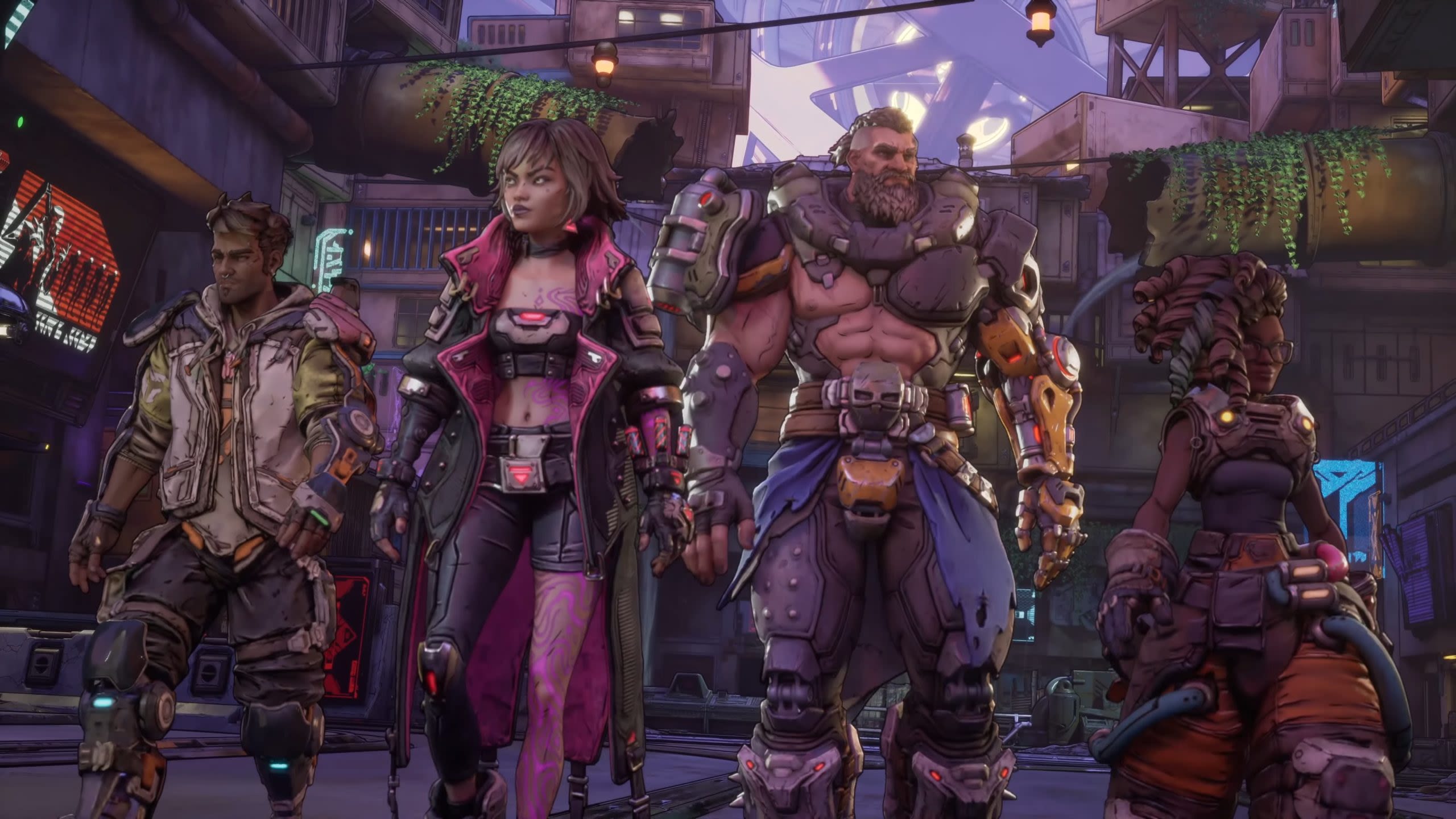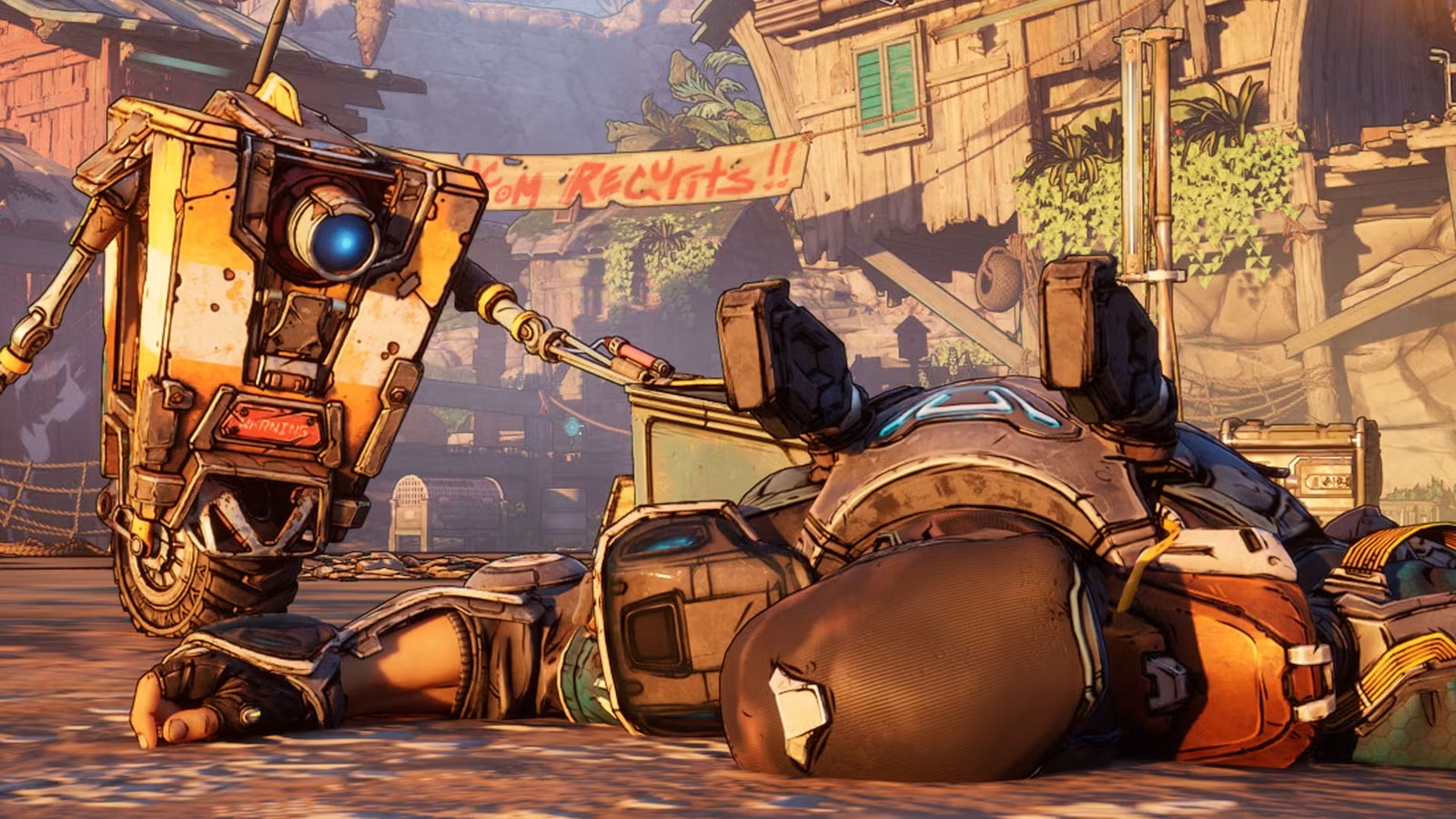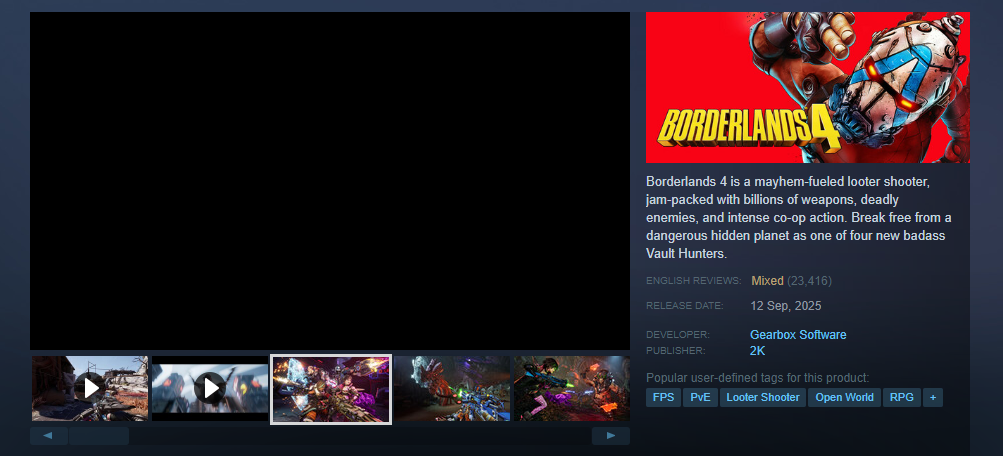The Games That Had It All…
Until Launch Day

When Hype Meets Harsh Reality
History has shown us that a technically disastrous launch for a game can overshadow even the most exciting concepts. No matter how creative your game is, if it ships broken, its life cycle can be cut short before it has a chance to shine.
Take Skull and Bones (2024), Ubisoft’s long-awaited pirate adventure. The idea was golden: open seas, customizable ships, and multiplayer battles. Plus coming from the same studio that released Assassin's Creed IV: Black Flag (2013), a game that's considered to be the best pirate game ever, you'd imagine Skull and Bones would just up the experience.
However, at launch, the game was plagued with performance issues, server instability, and repetitive mechanics. Years of anticipation fizzled out in weeks, with players abandoning ship before the studio could patch things up.
Similarly, The Day Before (2023) was marketed as a survival MMO to rival The Last of Us. A game so hyped that it became one of Steam’s most wishlisted games. But when it finally launched, players were met with heaps of bugs, terrible optimization, and incomplete features. Within days, the developers shut down the servers and the game’s reputation collapsed entirely. From most being highly anticipated, it became a lesson in how poor technical execution can erase potential, credibility, and longevity of a studio.
Even big names aren’t immune. Cyberpunk 2077 (2020) promised a groundbreaking RPG with sprawling narratives and futuristic freedom. Instead, it launched riddled with bugs and performance crashes, especially on consoles. Though CD Projekt Red has since turned it around with updates and expansions, the rocky launch damaged trust and remains a cautionary tale for developers of all sizes.
The 'Borderlands 4' Debacle

From Hype to Hate
One of the most recent and prominent examples is Borderlands 4, which launched amid high anticipation on September 12, 2025. From the outset, feedback from players across PC and console platforms has focused on serious technical shortcomings.
On PC, even players with high-end hardware reported very low frame rates, frequent crashes, stuttering, and long texture pop-in. Users with top-tier and newer GPUs like the Nvidia's RTX 5090 sometimes found performance dropping during mid-game in open areas.
On consoles such as PS5 Pro and Xbox Series X|S, users flagged memory leaks, where performance gets steadily worse the longer a session runs. There have even been reports that the game needs to be restarted to recover any sort of reasonable performance.
A particularly serious bug caused players to lose all of their skill points after crashes or multiplayer disconnections. Progress-erasing glitches like that severely impact trust and enjoyment. Gearbox acknowledged the issue and said it’s being investigated.
Steam reviews dropped to “Mixed” very quickly, largely because of performance problems. Players praised gameplay and mechanics in some respects, but many felt let down by how the version they received ran on their machines.
However, Gearbox did respond with a day-one patch (approx. 2.7 GB) aimed at stability improvements, especially on PC, and released other performance adjustment guides for both NVIDIA and AMD users. But players still continuously report that while some crashes are reduced, many issues remain.
The Cost of Poor Technical Execution
When a launch is marred by technical problems, several things tend to happen:
- Player Trust Drops – Fans who pre-ordered or queued up to get the game at launch may feel betrayed. Once trust is lost, word of mouth can work against the game.
- Reviews and Public Perception Suffer – Even if core features are excellent, technical flaws are front-and-centre in early reviews. Negative reviews tend to stick.
- Revenue and Longevity Reduced – Players are less likely to pay for DLCs, expansions, or in-game purchases when their initial experience is frustrating. A bad start can derail the life cycle of a game.
- Patches and Fixes Can't Always Save It Alone – While updates help, they often arrive gradually and can’t fully recover the initial momentum lost. Many players won’t return after a bad first impression.
The Lesson for Game Developers
Ideas get players excited, but execution keeps them playing. Technical polish, rigorous testing, and performance optimization must stand alongside creativity in art and design. For developers — whether indie teams or major studios — a strong launch can determine whether a game becomes a lasting success or a cautionary tale.
In the end, the best games balance innovation with reliability. Because gamers just want one thing, the game that they are excited for to run well and no matter how brilliant your concept, a disastrous launch can sink it faster than any pirate ship.

